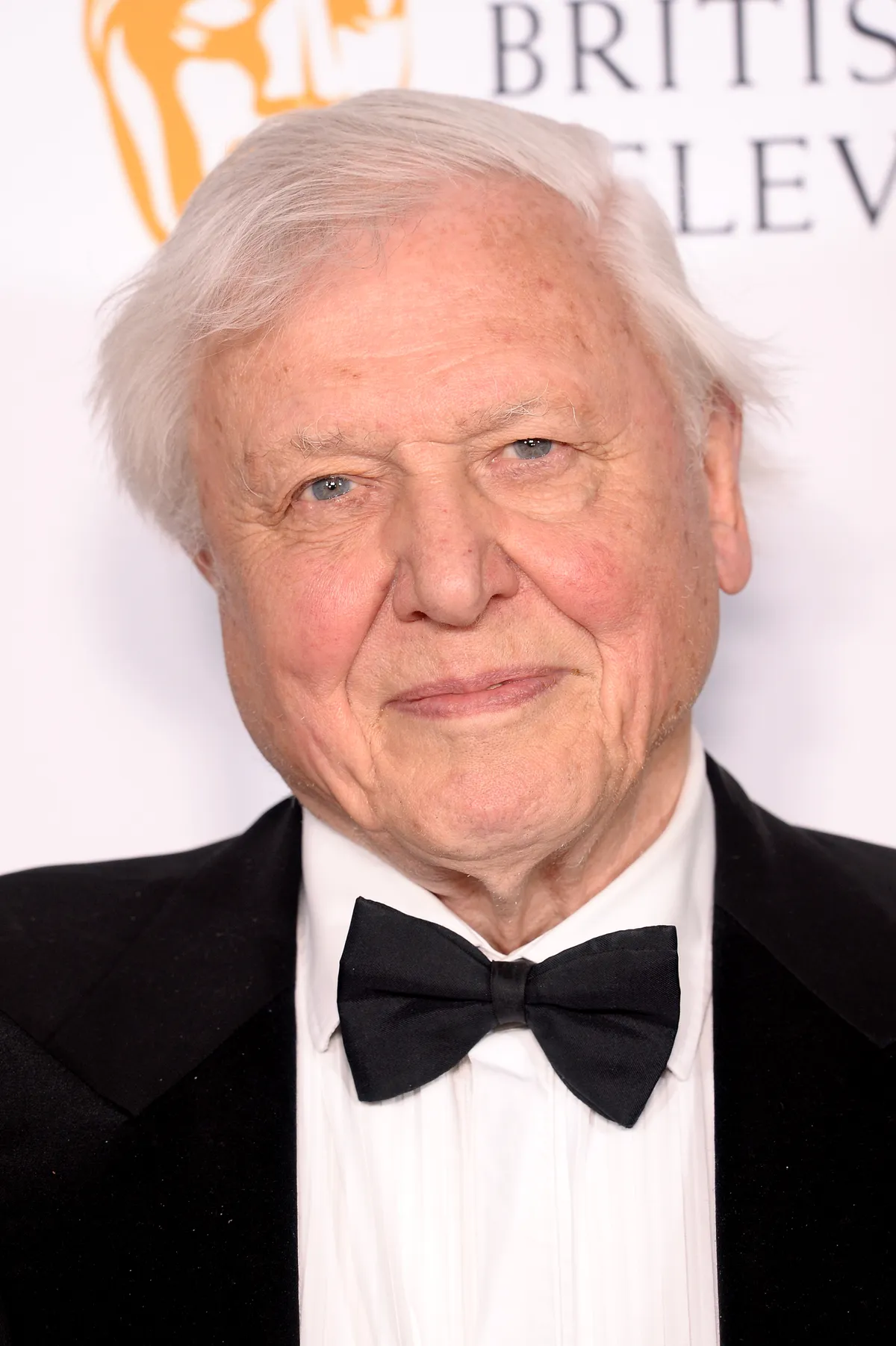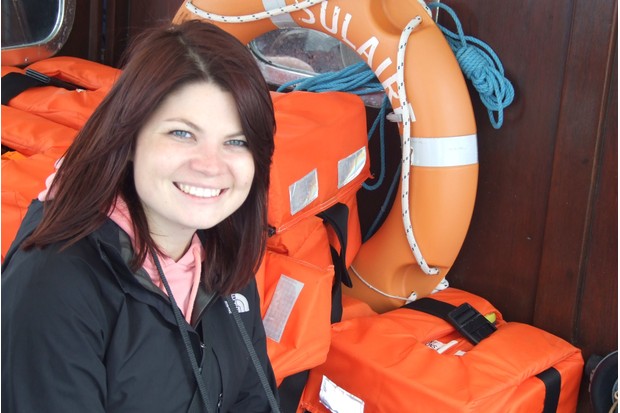Sir David Attenborough - his extraordinary career so far:
1926 – Born in London. Grows up on the campus of the University of Leicester where his father is principal.
1947 – Graduates from Clare College, Cambridge, with a degree in Natural Sciences.
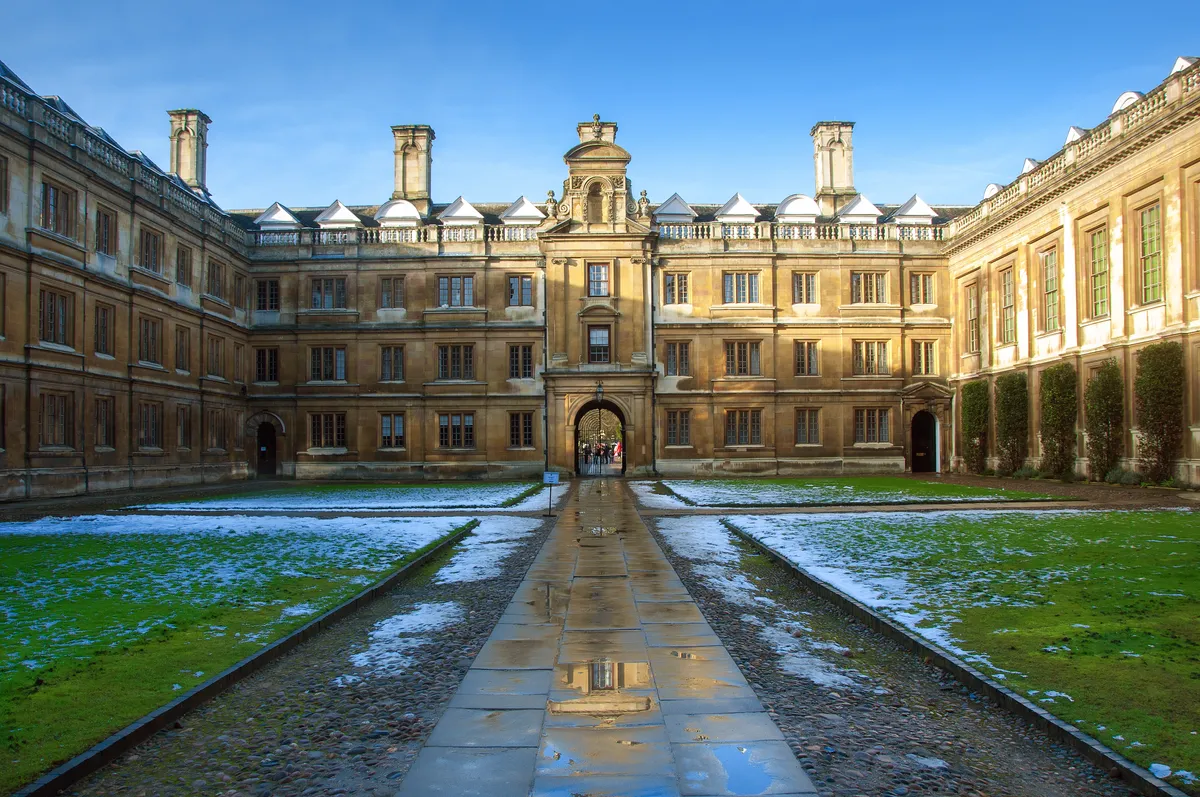
1952 – Joins the BBC as a trainee producer. Achieves first television credit on Coelacanth, a short film in which experts discuss the significance of the rediscovery of this ‘living fossil’ fish off the Comoro Islands.
1954–1963 – Writer, presenter, sound-recordist and producer for landmark series Zoo Quest. Over the course of seven series this show visits Sierra Leone, Indonesia, Guyana and other far-flung locations.

1957 – Forms the BBC's Travel and Exploration Unit, producing the Quest films and flagship BBC series such as Travellers’ Tales (1960) and the long-running Adventure (1961).
1960 – Presents The People of Paradise, a series about the anthropology and natural history of the South Pacific – the first of many programmes from Attenborough with a strong anthropological focus.
1963 – Presents Attenborough and Animals, his first children’s series.
1965 – Appointed Controller of new channel BBC Two.
1969 – Promoted to BBC Director of Programmes.
1973 – Resigns from full-time position to return to film-making. Travels to South-East Asia to film Eastwards with Attenborough.
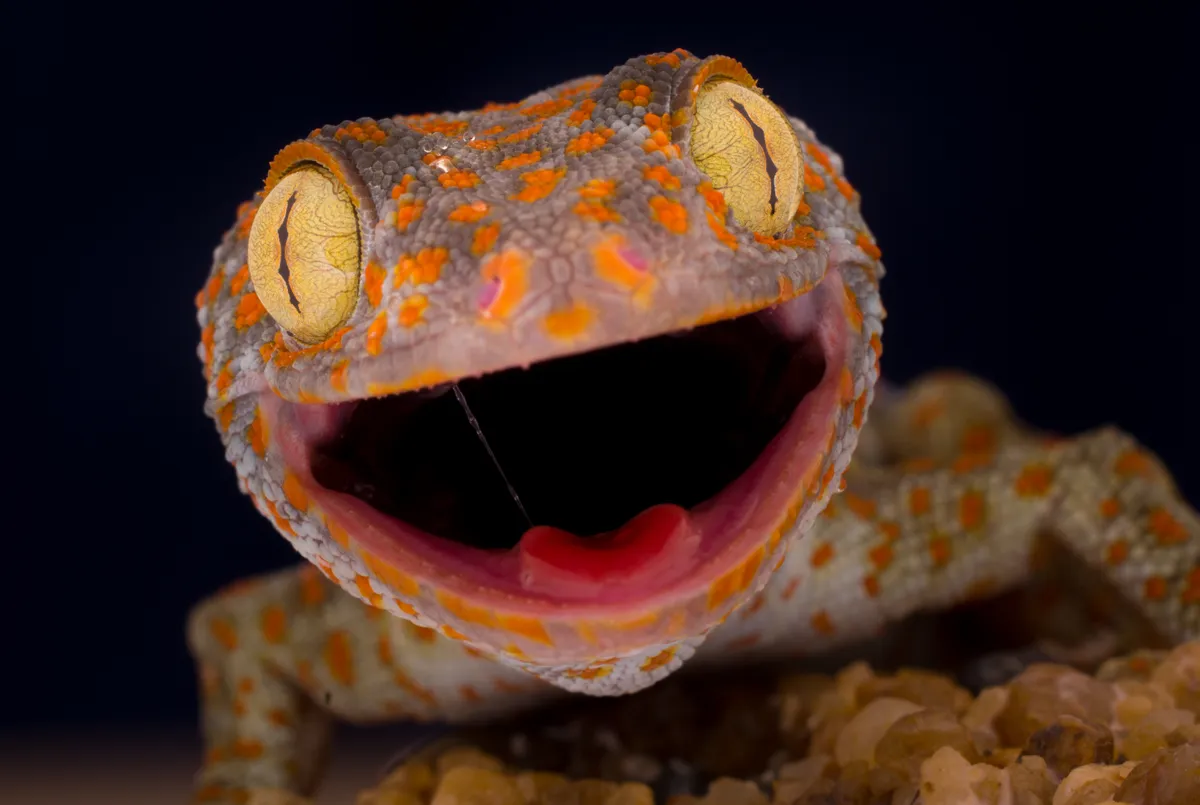
1979 – Life on Earth, the result of four years of research and filming, is broadcast. Expansive and ambitious, it follows the entire history of life on our planet.
1983 – Appointed Fellow of the Royal Society.
1984 – The Living Planet, the second in Attenborough’s ‘Life’ series, explores ecology.
1985 – Awarded a knighthood for services to broadcasting.
1990 – The Trials of Life examines animal behaviour.
1993 – Launches the first of a portfolio of 'Life' series, exploring habitats and groups of species: Life in the Freezer focuses on the wildlife of Antarctica.

1995 – The Private Life of Plants makes innovative use of time-lapse photography techniques.
1996 – Presents Attenborough in Paradise and fulfills a childhood ambition to witness birds of paradise performing mating displays in New Guinea.
1998 – The Life of Birds is the first programme to use infrared cameras to capture footage of nocturnal kiwis.
2000 – Attenborough poses the question, why is there an environmental crisis? And investigates the science behind the debate in the three-part documentary series State of the Planet.
2001 – Narrates The Blue Planet, exploring Earth's oceans.
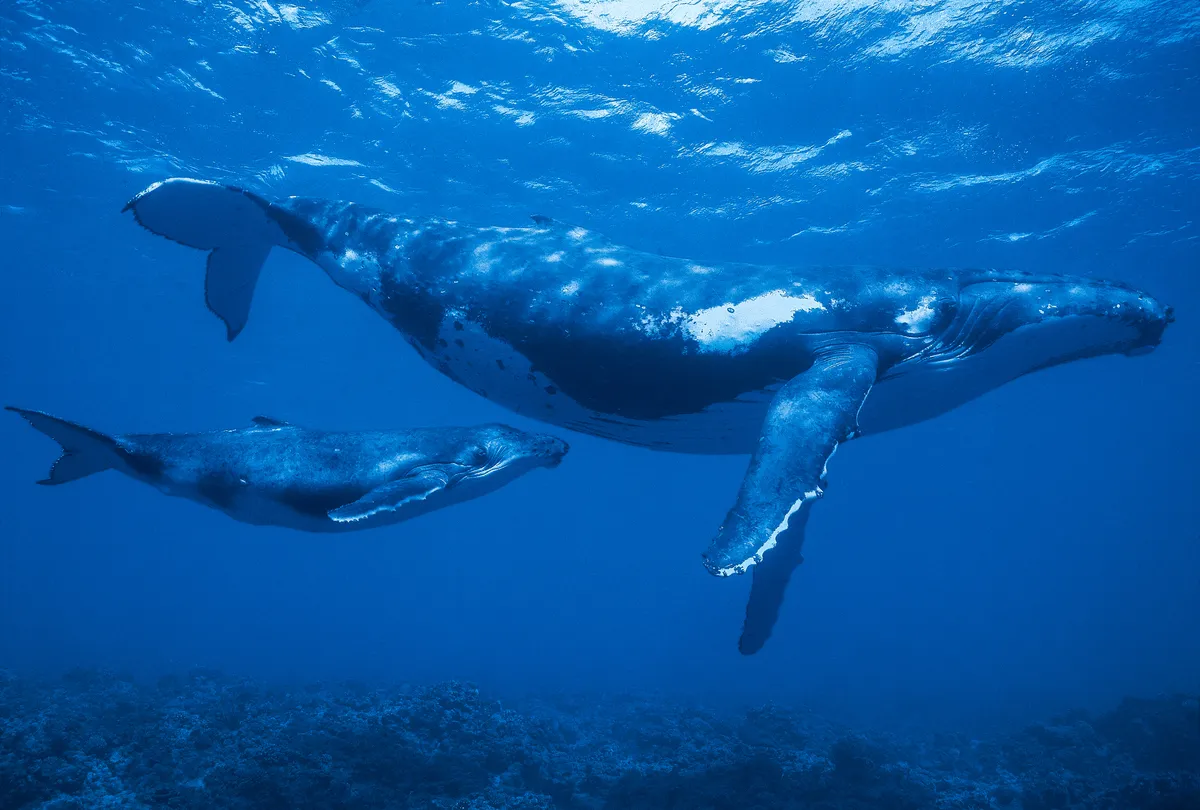
2002 – The Life of Mammals studies warm-blooded animals.
2005 – Life in the Undergrowth uses macro techniques to film invertebrates.
2006 – Narrates Planet Earth, a groundbreaking series filmed in high definition - and the most expensive documentary series ever made.
2007 – Presents two films entitled The Truth about Climate Change to discuss what he believes to be the man-made problem of global warming.
2008 – Life in Cold Blood concludes the ‘Life’ series, focusing on reptiles and amphibians.

2009 – Narrates Life and presents Charles Darwin and the Tree of Life.
2010 – First Life uses the latest fossil evidence and advanced CGI to explore the earliest known, complex organisms.
2011 – Frozen Planet focuses on the natural history of the polar regions and the effects of global warming.
2012 – David Attenborough celebrates 60 Years in the Wild with a three-part television series plus a Natural World special: Attenborough's Ark.
2013 – Narrates Africa. Using the latest HD cameras to capture the natural beauty of the African continent, Attenborough reveals a softer side of the Critically Endangered black rhino.
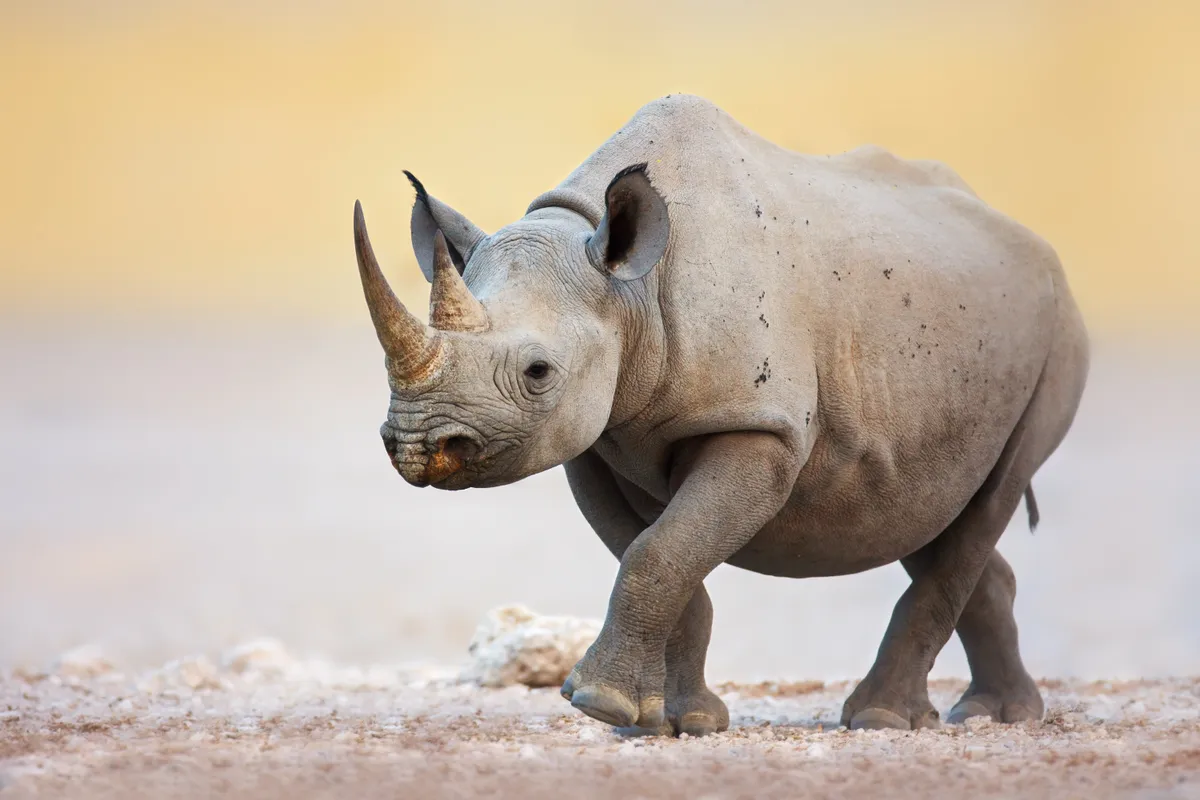
2014 – Behind the closed doors of London’s natural history museum Attenborough uses cutting edge CGI to bring his favorite extinct animals back to life, in David Attenborough’s Natural History Museum Alive.
2015 - Revisiting Australia’s great barrier reef, Attenborough drives deep beneath the waves in a state of the art Triton submersible in three-part documentary Great Barrier Reef with David Attenborough.
2016 – Celebrates his 90th birthday on 8 May. A one-off television interview Inspiring Attenborough: Sir David at 90 will air on the same day. Kirsty Young, the presenter of Desert Island Discs, will interview the naturalist about his seven-decade career.
